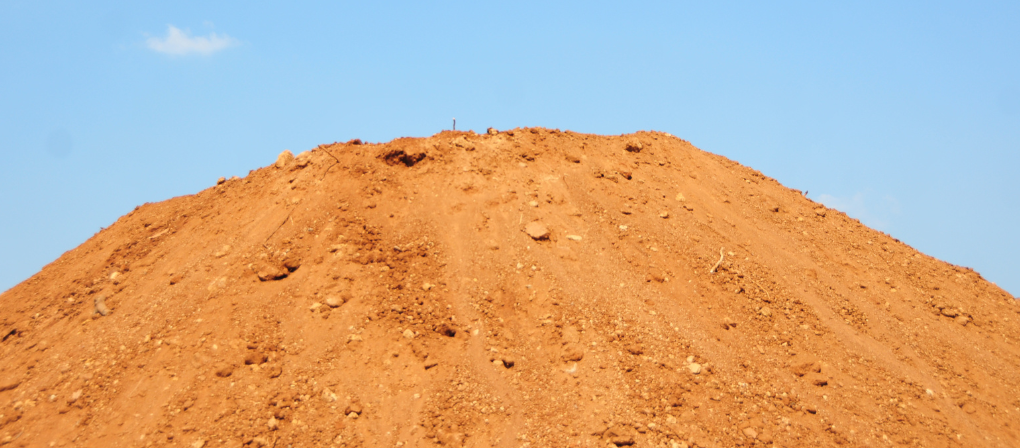Construction sand is a crucial material in the construction industry, sourced naturally from rivers, seas, beaches, and deserts. Composed of finely divided rock particles, primarily quartz (silica – SiO2), sand plays a fundamental role in various construction projects. In this comprehensive guide, we will explore the different types of sand commonly used in construction, their unique characteristics, and their wide range of applications.
Understanding Construction Sand
Sand is characterized by its granular nature, with particle sizes ranging from 0.075 mm to 4.75 mm, according to the Bureau of Indian Standards (BIS). It falls between coarser gravel and finer silt in terms of particle size. Sand is further classified into fine, medium, and coarse categories based on particle size.
Types of Sand
- River Sand:
River sand, obtained naturally from river banks, is the most widely used type of sand in construction. It has a smooth texture and excellent bonding properties, making it ideal for plaster and RCC works. River sand is cost-effective and an essential component in concrete production. - Concrete Sand:
Concrete sand is specifically used in concrete works and comprises crushed concrete particles. It provides strength and stability to structures, making it suitable for leveling bases, patios, and walking paths. Concrete sand effectively fills voids between coarse aggregates. - Pit Sand:
Pit sand is naturally occurring sand obtained from excavations within the soil, typically found 2 to 4 meters below ground level. Coarser in texture compared to river sand, it is primarily used in mortars. Pit sand often exhibits a red-orange color due to the presence of iron oxide. - M – Sand (Manufactured Sand):
With the decline in natural sand availability, M – Sand, or Manufactured Sand, is artificially produced in factories. It offers advantages such as elimination of transportation costs, freedom from impurities, and better quality control. M – Sand is increasingly used to meet the rising demand for construction sand. - Fill Sand:
Fill sand is a mixture of fine sand particles and aggregates primarily used for filling purposes. It possesses excellent compaction properties and serves as a base material for various construction activities. Fill sand is particularly useful in concrete laying, paving, and filling large holes. - Utility Sand:
Utility sand is artificial sand manufactured from high-quality industrial quartz. It offers superior mechanical properties and compaction, making it suitable for diverse construction applications. Utility sand, with its non-reactive and uniform grain shape, can be used in corrosive environments.
Properties of Good Quality Sand
To ensure optimal performance in construction projects, it is important to consider the following properties of good quality sand:
Granularity:
Sand with a thick and granular texture is essential for optimal compaction and stability in construction projects. Coarse texture facilitates proper drainage, prevents waterlogging, and contributes to the longevity of structures. A granular consistency enhances the interlocking of sand particles, improving overall cohesion and load-bearing capacity.
Strength:
The strength of sand particles determines the structural integrity and durability of construction materials. High-quality sand should consist of hard, durable, and long-lasting particles capable of withstanding the stresses and pressures exerted during building processes and subsequent usage. A robust composition enhances the stability and longevity of concrete, mortar, and other construction elements, ensuring their ability to withstand environmental factors and mechanical forces over time.
Purity:
Purity is crucial for maintaining the integrity and performance of construction materials. Sand should be free of contaminants such as dust, clay, salts, and organic matter, which can compromise the bonding properties and structural stability of building components. Contaminants may interfere with the hydration process of cement, leading to weakened structures and potential failures. By ensuring purity, construction projects can achieve optimal strength, durability, and longevity.
Particle Size:
Particle size plays a significant role in determining the workability, strength, and stability of construction materials. While the particle size of sand may vary depending on specific project requirements, a balanced mix of coarse and fine particles is desirable for achieving optimal compaction and bonding. Coarse particles provide structural support and stability, while fine particles fill voids and enhance the cohesive properties of sand-based materials. A well-graded particle size distribution ensures uniformity and consistency in construction applications, contributing to the overall performance and resilience of built structures.
Moisture Content:
The moisture content of sand directly impacts its workability, bonding properties, and overall performance in construction applications. Sand should be free from water-absorbing ingredients like clay and organic matter to ensure proper bonding and cohesion with cementitious materials. Excessive moisture content can lead to shrinkage, cracking, and reduced strength in concrete and mortar mixes, compromising the structural integrity of building elements. By maintaining optimal moisture levels, construction projects can achieve superior bonding.
Contact us to for a Quote.

